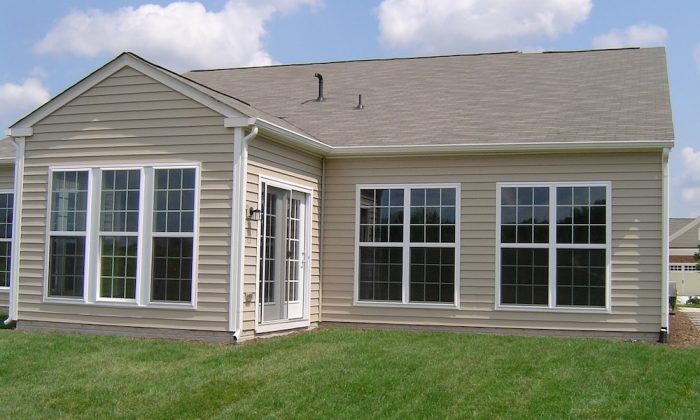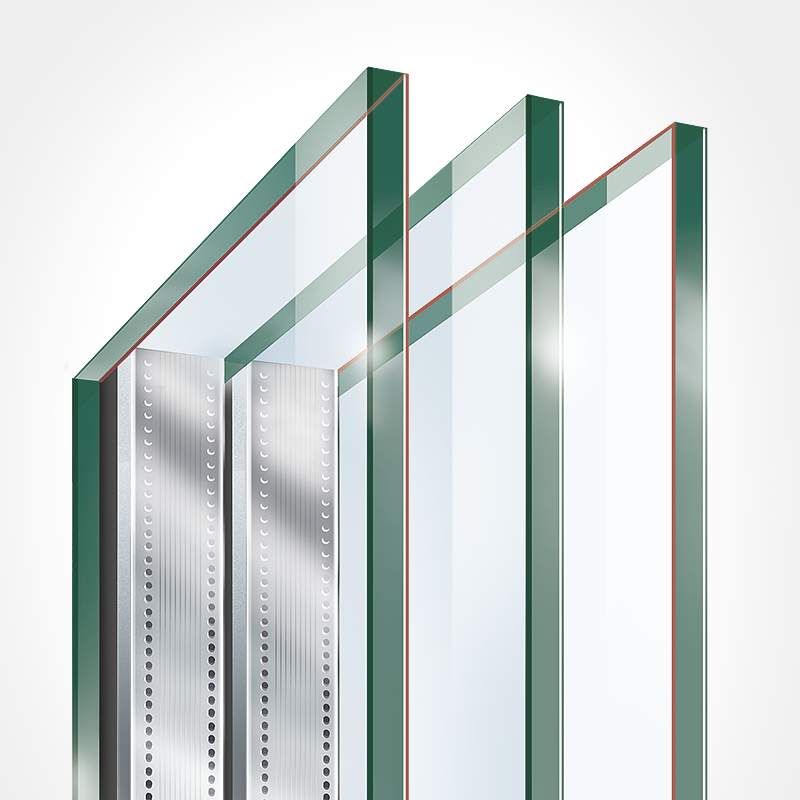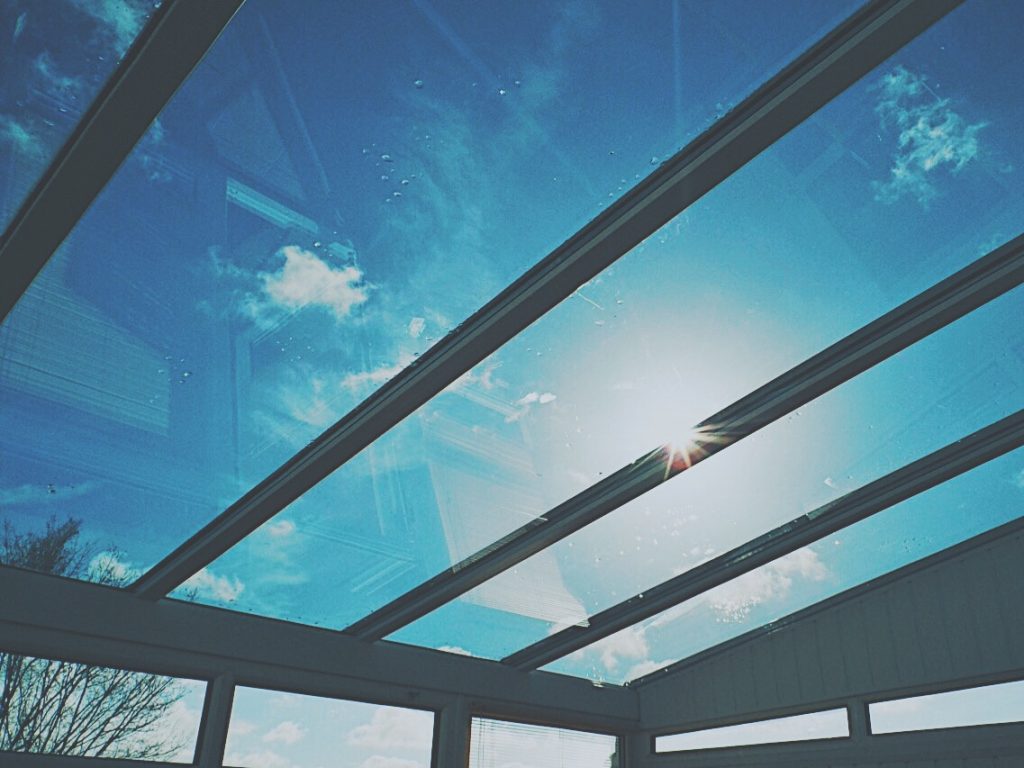
Upgrade Your Home with Energy-Efficient Window Solutions
When considering a home renovation, energy-efficient windows can be a game changer—not just for your comfort but also for your wallet. Living in a house that’s a couple of decades old presents challenges, particularly if it has single-pane glass that can’t keep heat in during winter or block it out during summer. Upgrading to windows featuring advanced thermal insulation, like double-glazed windows or even triple-glazed systems, can significantly control heat transfer through conduction, convection, and radiation.
Understanding Window Performance Metrics
The performance of windows is largely defined by their U-value and R-value, which indicate how well they insulate against heat loss. A lower U-value means better insulation, while a higher R-value offers increased thermal resistance. Opt for low-emissivity glass (low-E glass) that minimizes infrared radiation transfer and boosts the overall energy efficiency. If you’re in a region with harsh climates, consider investing in argon or krypton gas insulation between the panes—it enhances thermal comfort by reducing window air leakage as well.
Benefits of Energy-Efficient Windows
- Improved energy savings, leading to lower utility bills.
- Increased resale value, appealing to eco-conscious buyers.
- Enhanced aesthetic appeal with smart glass technology and dynamic windows.
- Protection from UV rays that can fade furniture and flooring.
While modern options such as spectrally selective glazing and heat-reflective coatings provide excellent solar heat gain management, keep in mind thermal bridging—the process where heat escapes through gaps in insulation. Addressing this during installation means your home can effectively utilize passive solar design strategies, utilizing sunlight for natural warmth. Such investments create a more sustainable living environment for families while ensuring comfort year-round.

The Importance of Building Envelope Efficiency
When it comes to energy-efficient windows, the concept of building envelope efficiency can’t be overlooked. This term refers to how well your home’s exterior components work together to contain heat in the winter and keep it out in the summer. Imagine a cozy living room in winter, where you can sip cocoa by the window, all while saving on heating costs. It all starts with the right windows that join forces with insulation and air sealing elements of your home. Investing in advanced window coatings and transparent insulation materials can further enhance this synergy, providing a dual benefit of thermal resistance and natural daylight maximization.
Choosing the Right Window Features
Several innovative features can elevate your windows to peak energy efficiency. When selecting windows, consider the following:
- Low-emissivity coatings that reflect heat back into your home while allowing natural light to flow.
- Gas fills, such as argon or krypton, that enhance the thermal insulation between panes.
- Phase change materials that absorb and release heat as temperatures fluctuate, maintaining consistent indoor conditions.
- Dynamic windows with smart glass technology that adjust transparency based on sunlight exposure, creating an adaptable living space.
As the seasons change, so do your comfort needs. The implementation of climate-responsive glazing ensures that you are not just reacting to weather but working proactively with it. For those in colder climates, investing in higher R-values not only curtails heat loss but may also qualify you for various energy efficiency rebates—an avenue worth exploring. To dive deeper into government programs and local incentives, visit this resource, where you can find invaluable information tailored to your region.
From radiant heat transfer fundamentals to advancements in window technologies, each element plays a crucial role in creating a harmonious environment within your home. Adopting energy-efficient windows not only contributes to sustainability but elevates your quality of life—all while ensuring that your home remains your sanctuary, irrespective of the weather outside.

Leveraging Advanced Window Technologies
As we delve deeper into the benefits of energy-efficient windows, it’s essential to spotlight the advanced technologies that are reshaping the way we interact with our living environments. For instance, vacuum-insulated glass presents a stellar option for thermal insulation, boasting an impressive reduction in heat transfer without compromising on style. This innovation is particularly beneficial in urban settings, where space and aesthetics often clash. Imagine sleek, thin frames that don’t hinder your view but rather enhance it, all while keeping your energy costs low.
Utilizing heat-reflective coatings can transform ordinary windows into powerhouses of energy efficiency. Such coatings not only reduce glare but also reflect unwanted solar radiation, keeping interiors comfortable in the hottest months while allowing the warmth of the sun to seep in during chilly nights. This delicate balance contributes immensely to your home’s overall sustainability without sacrificing visual appeal.
Practical Tips for Homeowners
When contemplating your window upgrade, consider employing the following strategies to maximize your investment:
- Assess your local climate: Tailor your glazing choices—opt for higher solar heat gain coefficients in cooler climates and low-E glass in warmer regions.
- Investigate thermal bridging solutions, ensuring that your window installation includes proper sealing and insulation to minimize energy loss.
- Explore phase change materials that can be integrated into your window systems for enhanced thermal comfort.
Additionally, installing high-performance windows with low air leakage rates can dramatically decrease the potential for condensation issues, improving not only the lifespan of your windows but also the overall breathability of your home. The beauty of these advancements lies in their ability to blend innovation with design, creating practical yet visually stunning solutions. Thus, by incorporating climate-responsive glazing into your home, you’re not just reacting to environmental changes—you are proactively shaping them.
Ultimately, embracing these techniques and technologies not only makes your home a more livable space but also serves the greater objective of reducing our environmental footprint. Through thoughtful choices and an eye towards sustainability, energy-efficient windows can indeed turn a house into a warm, inviting home.
